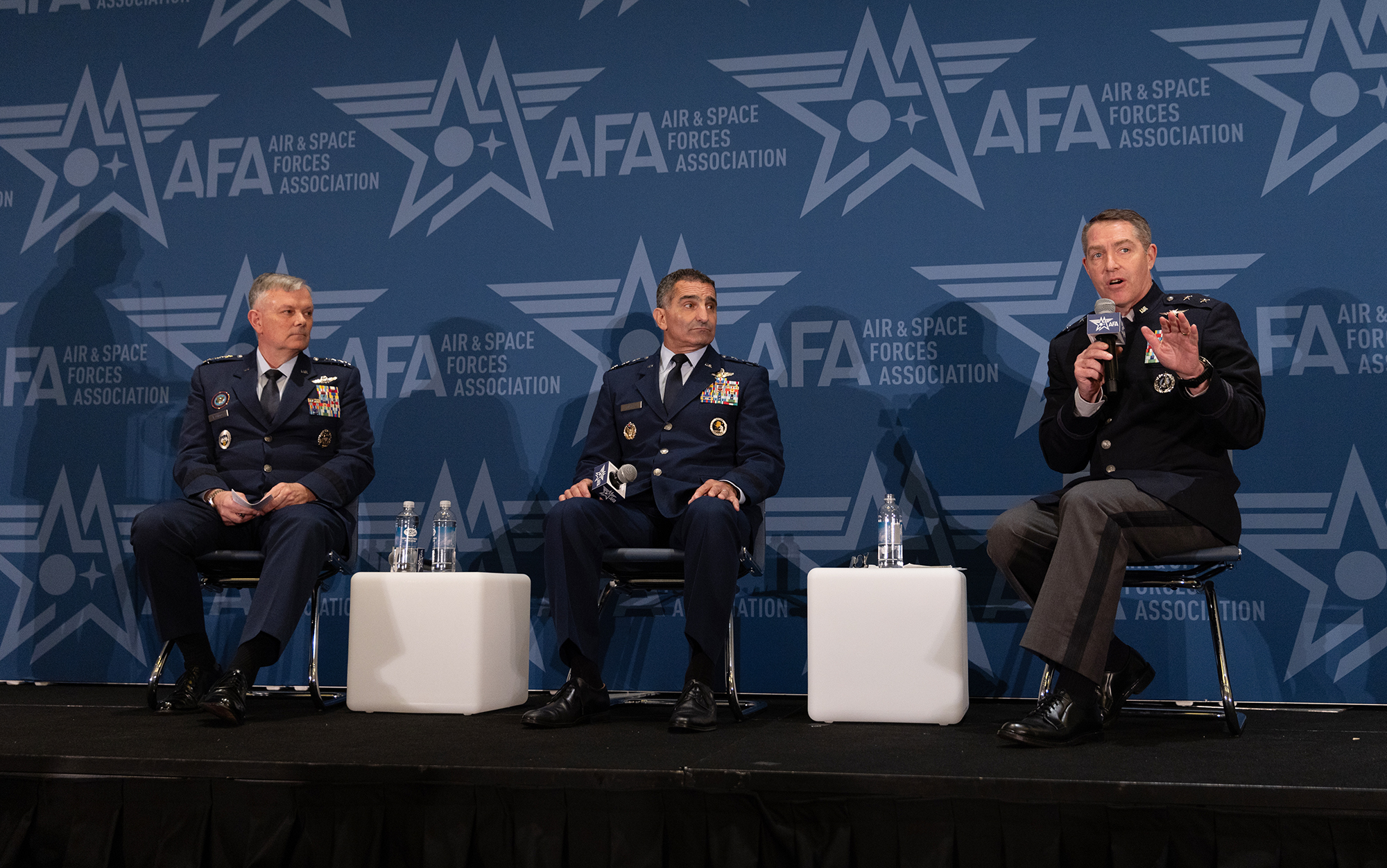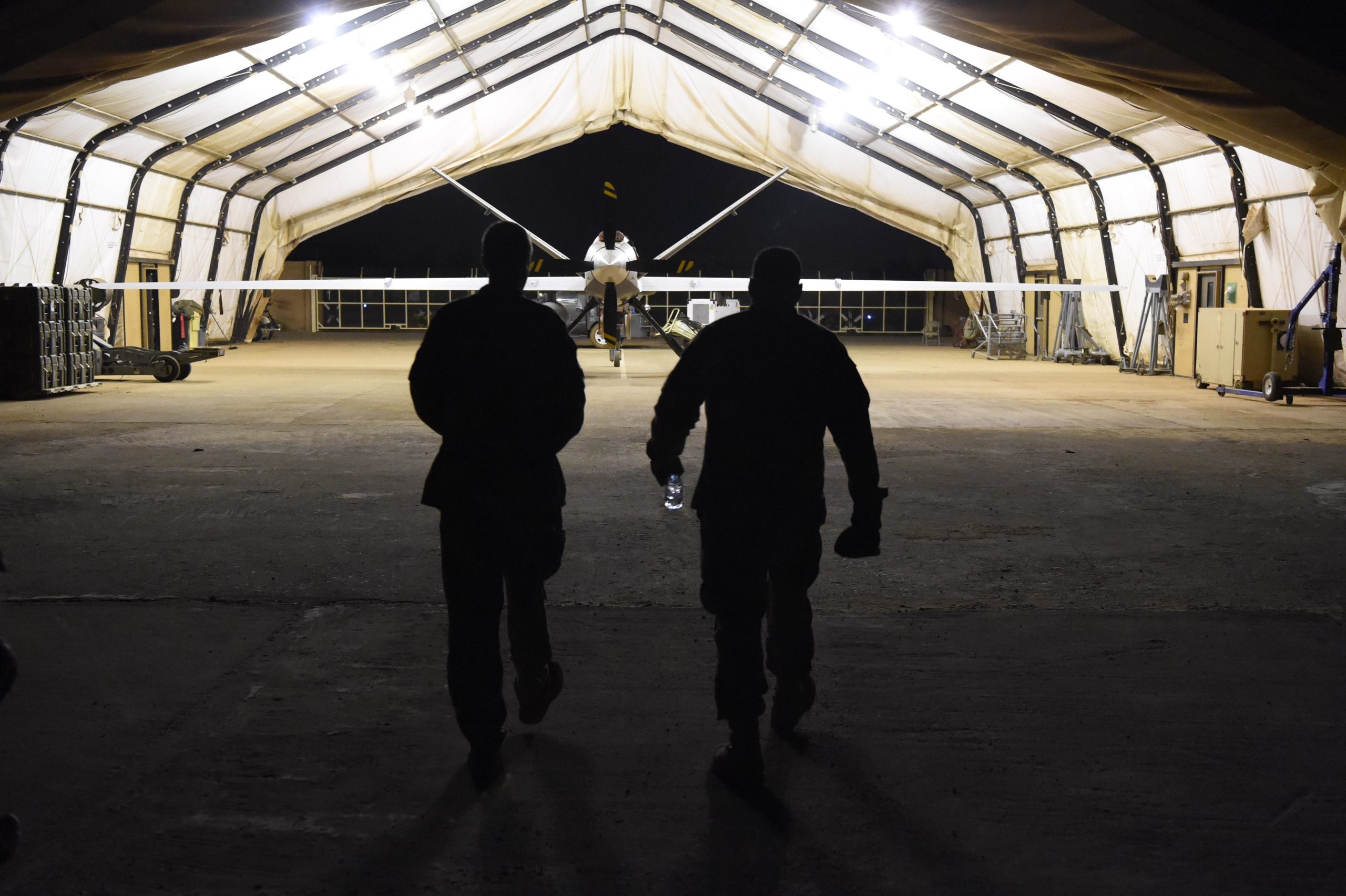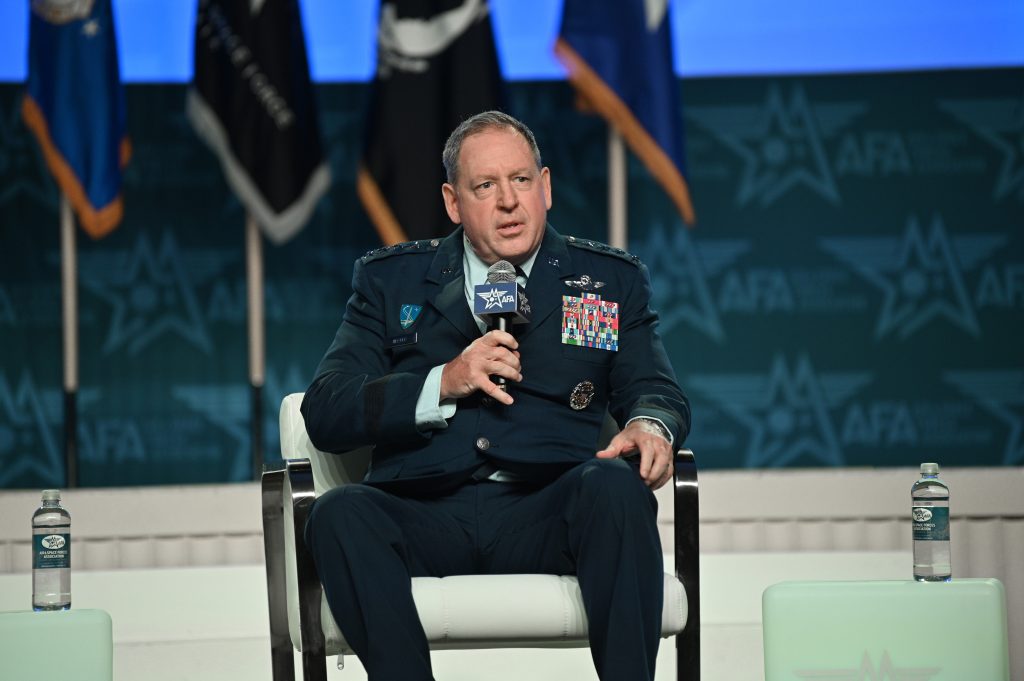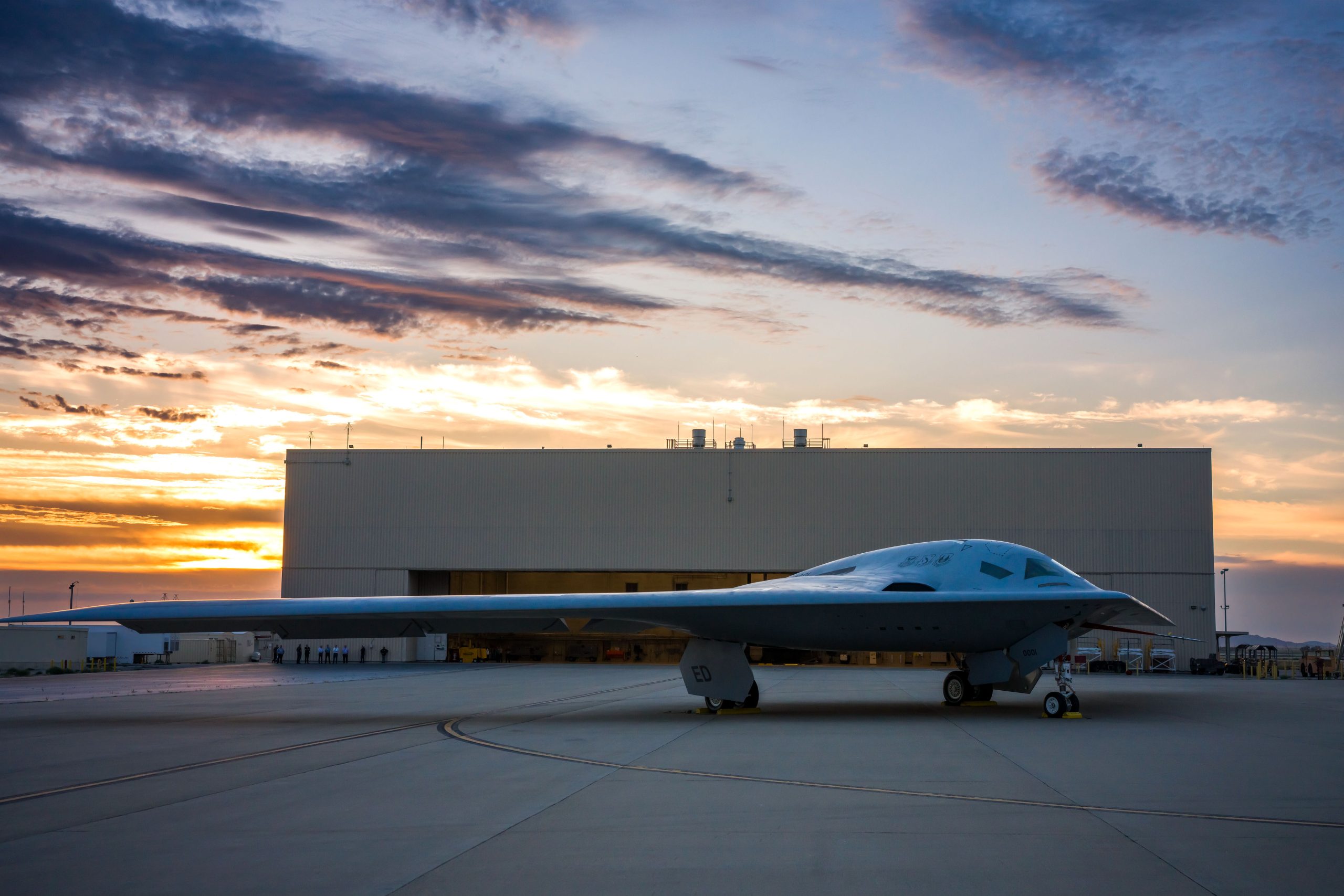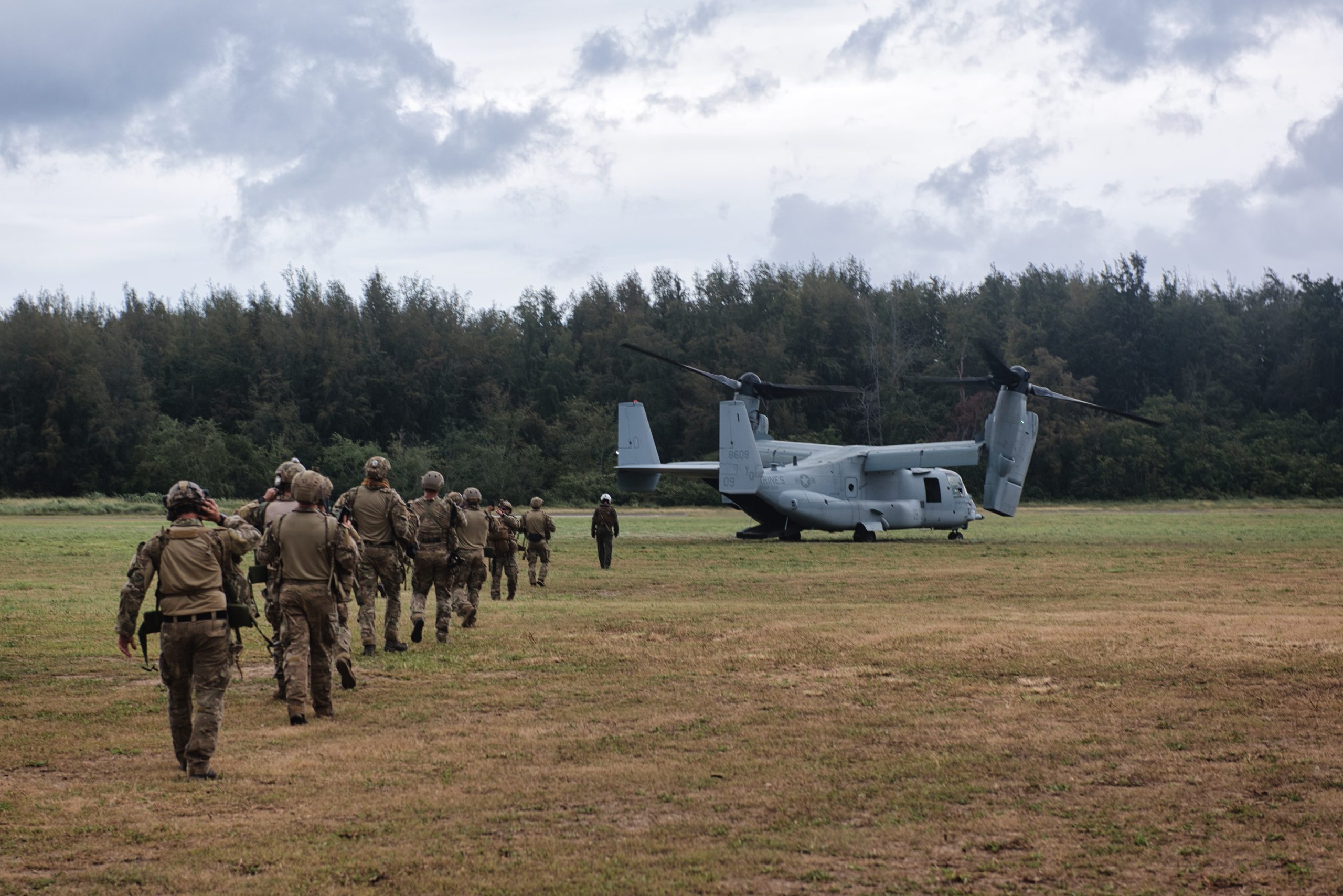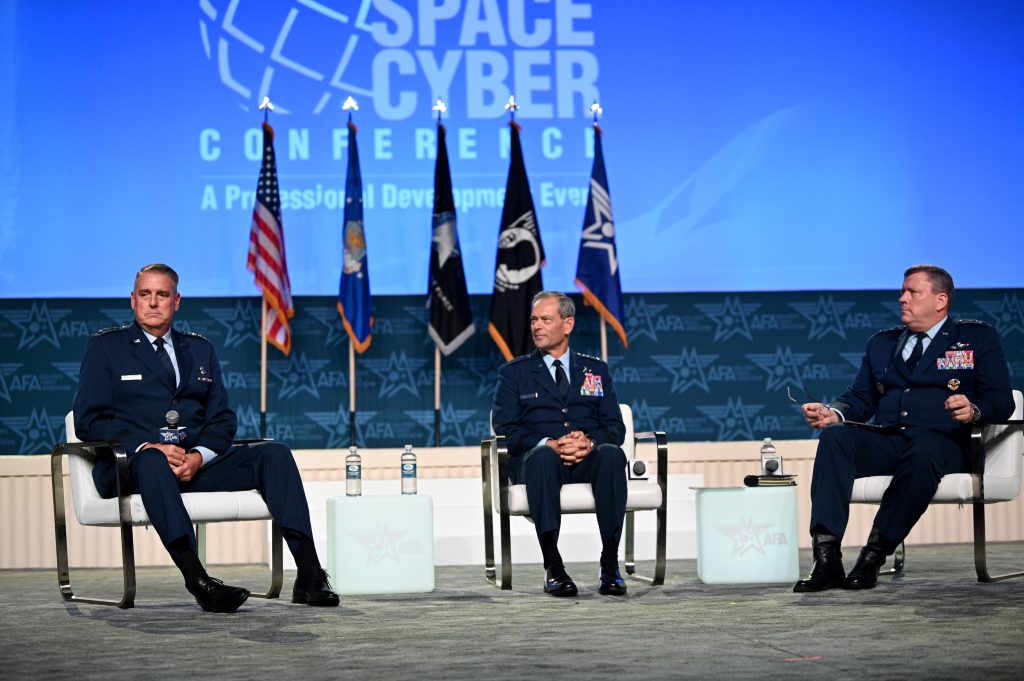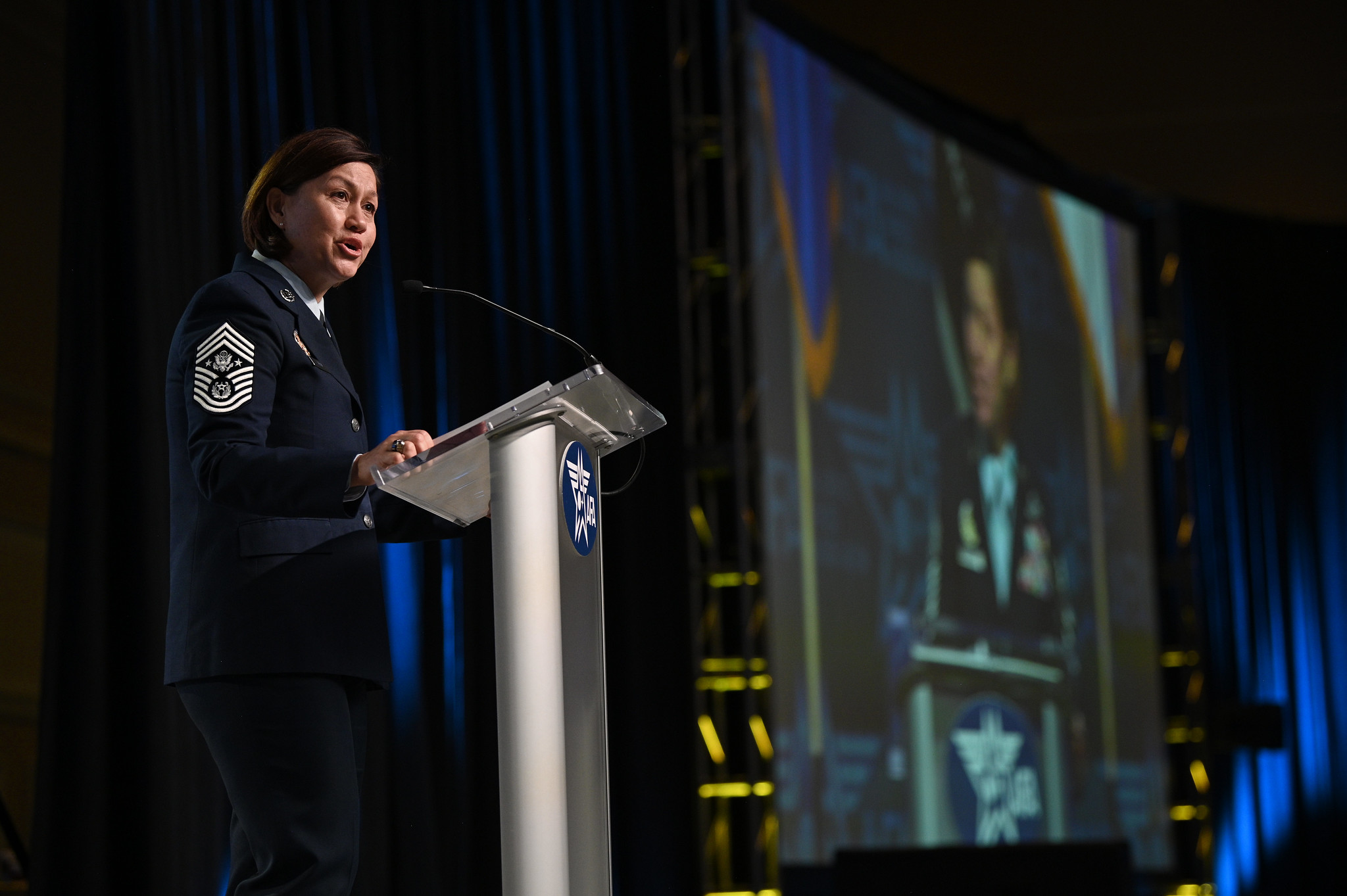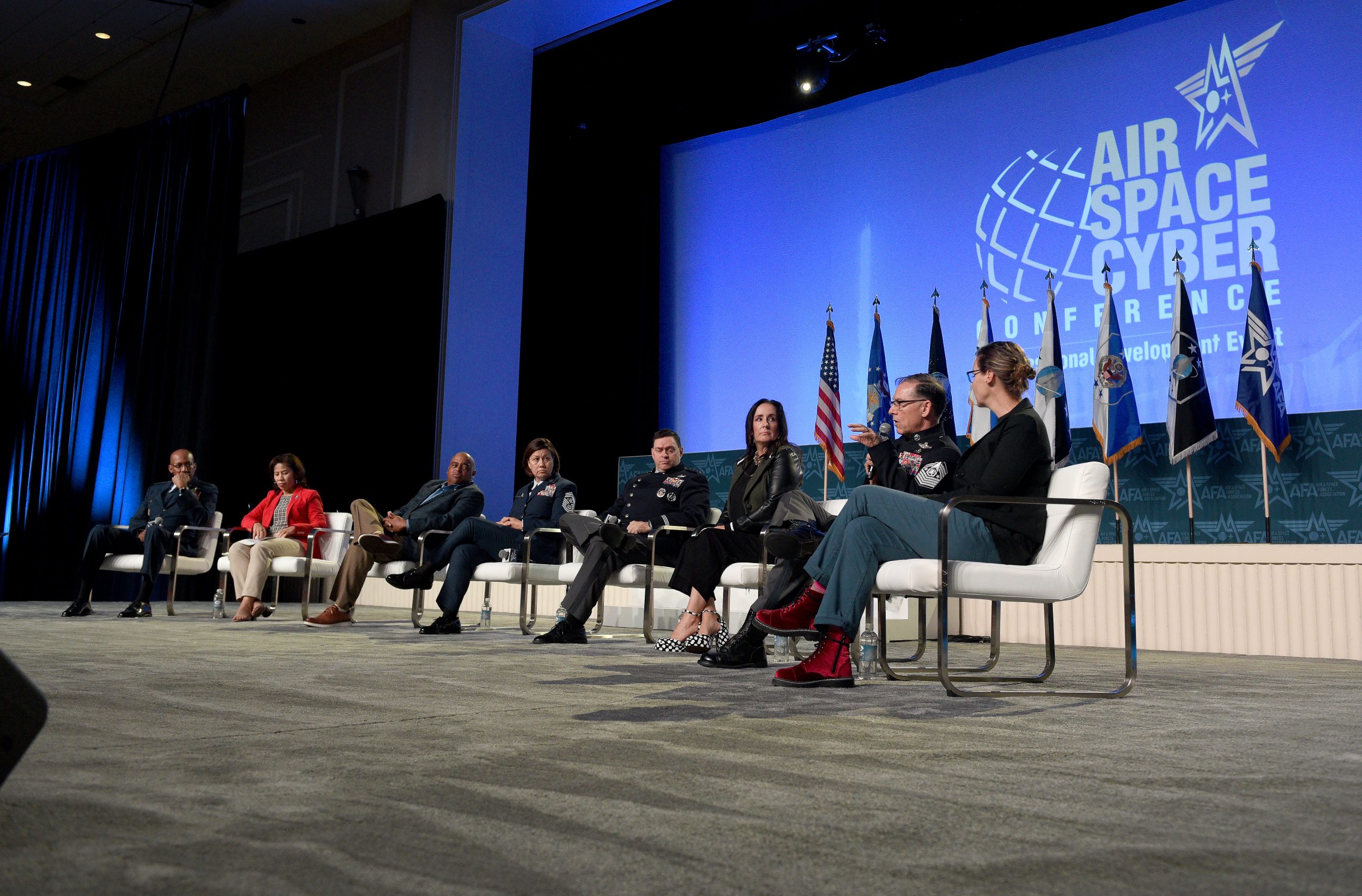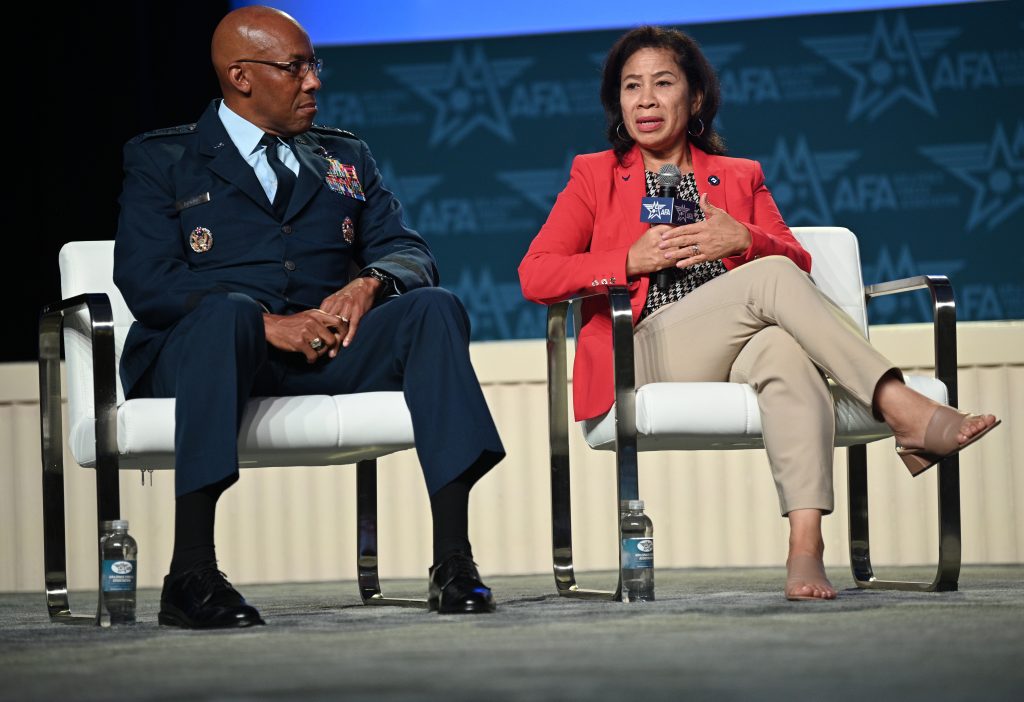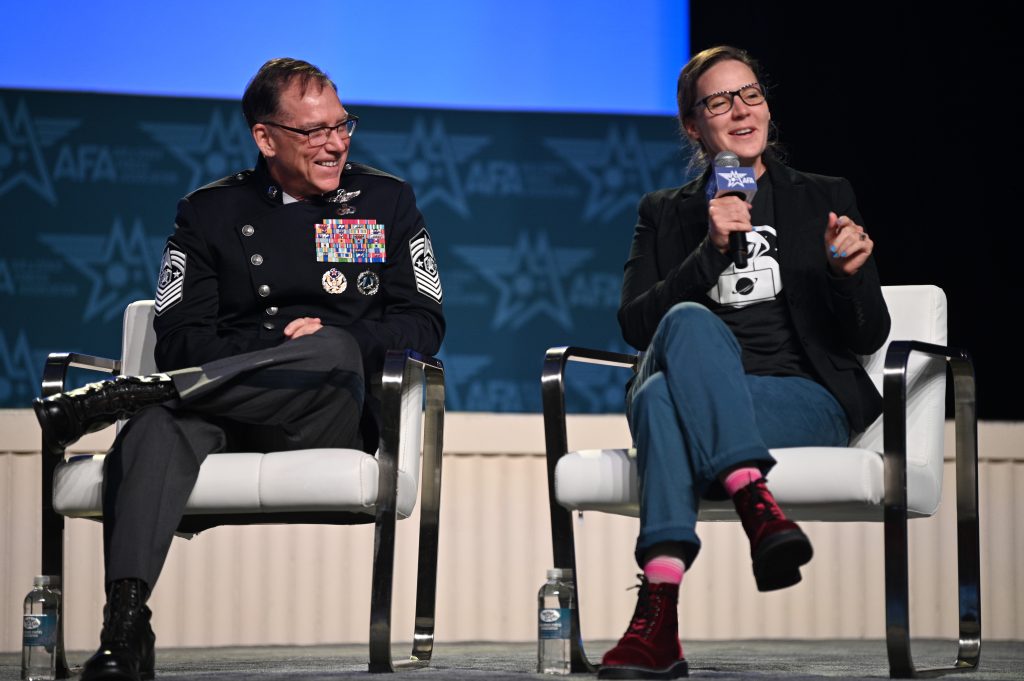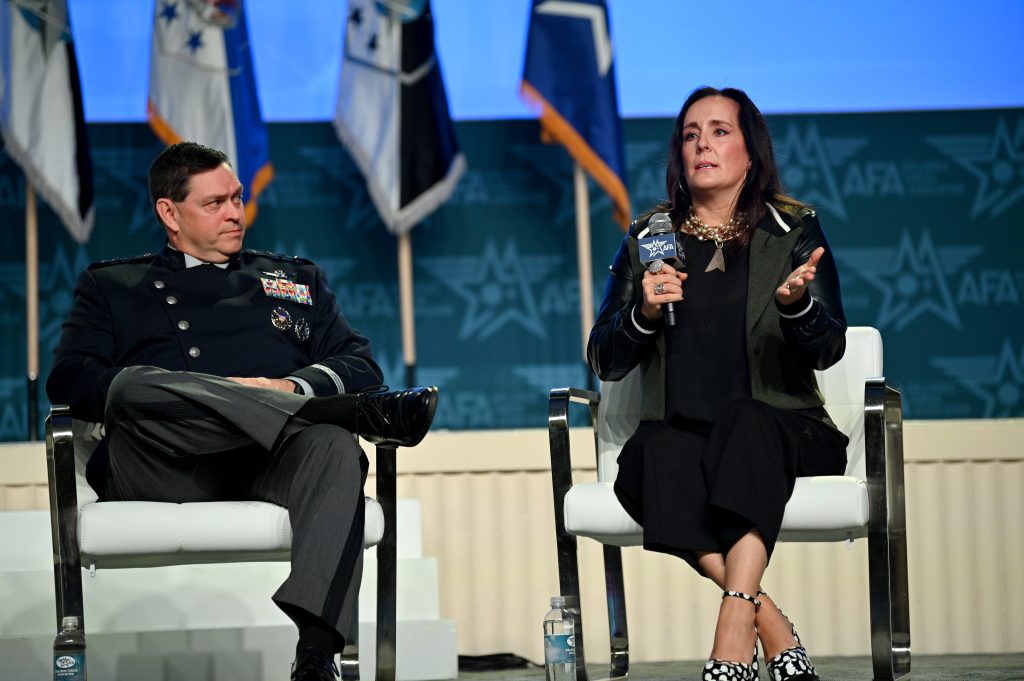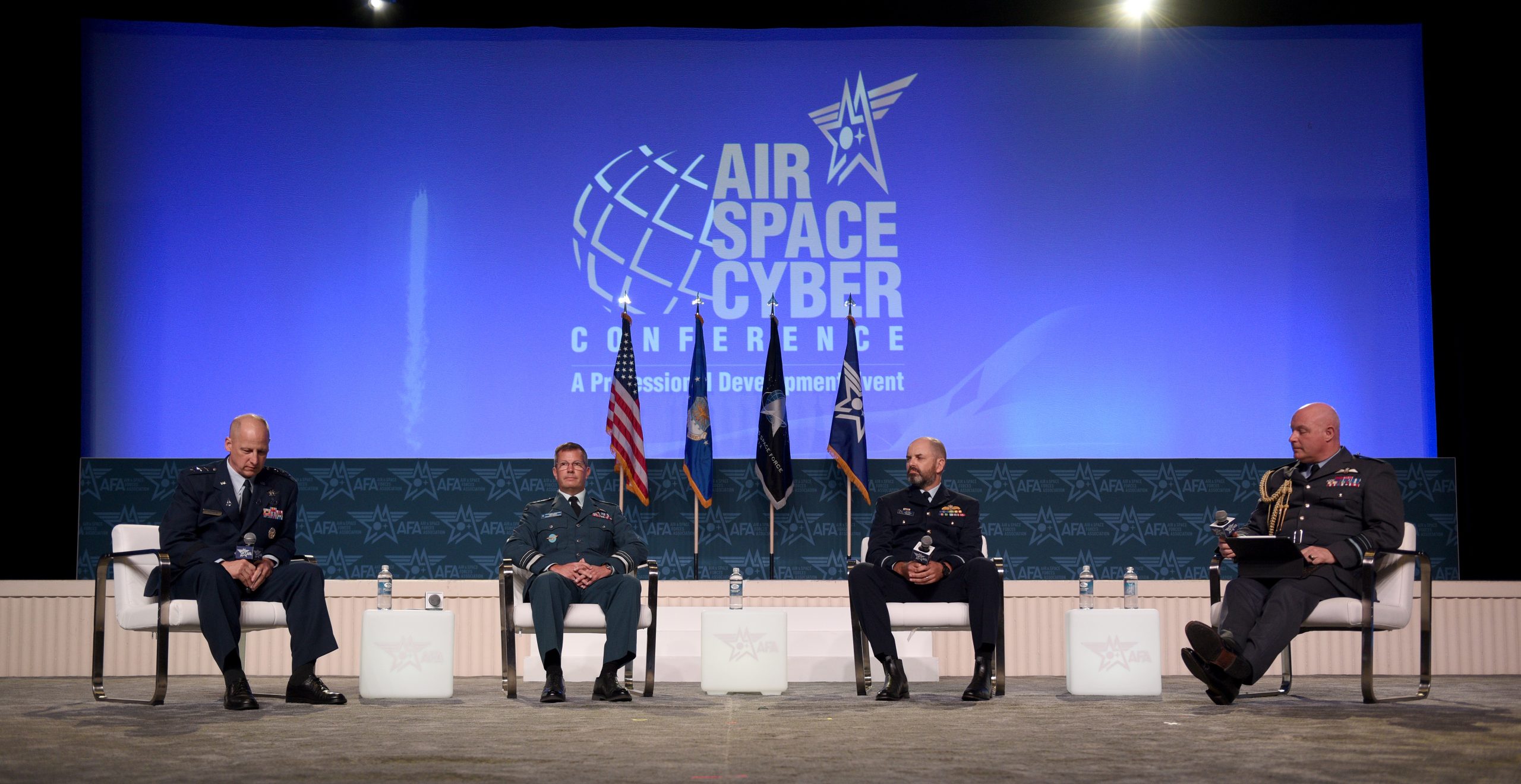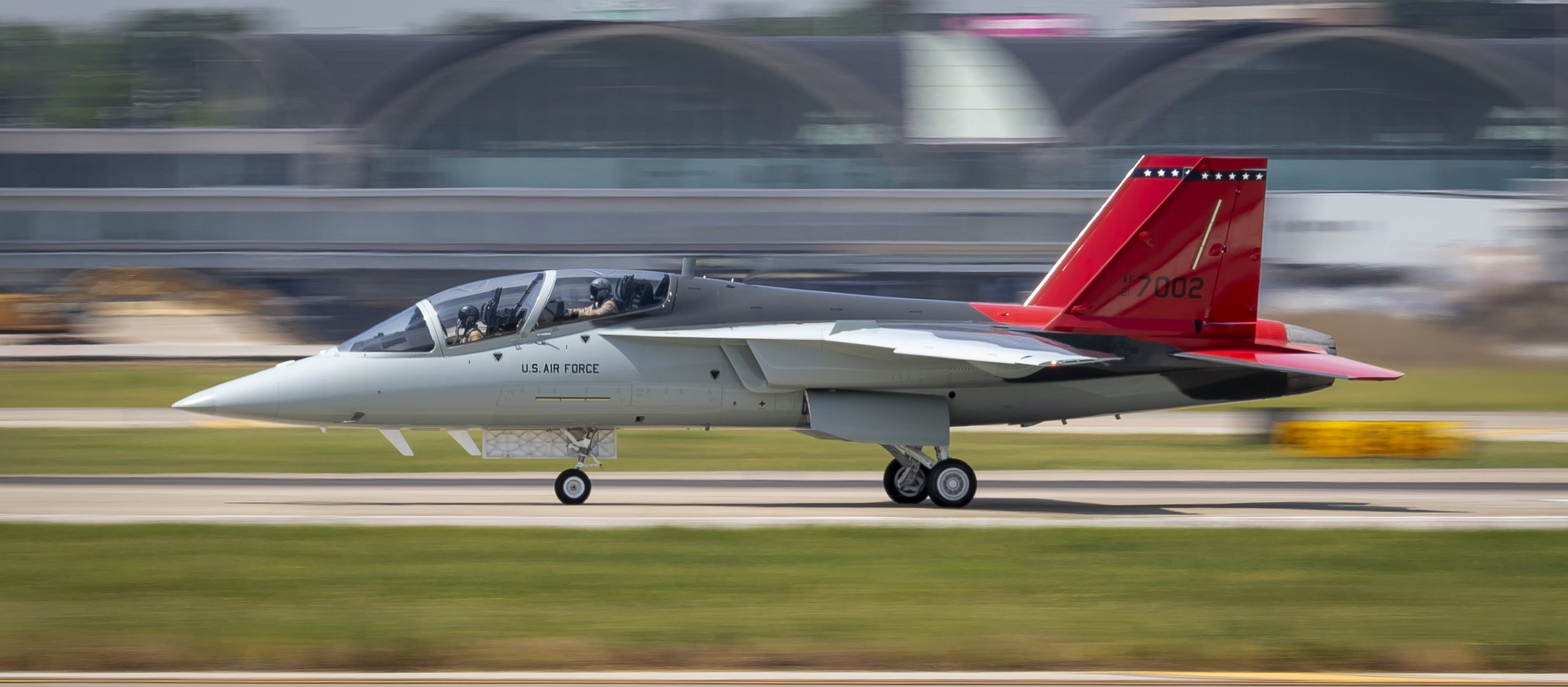A combination of perilous conditions and growing threats are making safeguarding and monitoring the Arctic all the more difficult, top Air Force and Space Force officials said Sept. 13 at AFA’s Air, Space, & Cyber Conference.
Just last month, Russian military aircraft flew near Alaska and Russian and Chinese warships conducted joint exercises near the Aleutian Islands in the span of about two weeks, highlighting the threats that need to be tracked in the region.
At the same time, the U.S. needs to prepare troops for the extreme and often unpredictable weather conditions, said Lt. Gen. David S. Nahom, head of Alaskan Command.
“We frankly don’t do a good job in terms of training. We’re not just training aircrew how to fly but (wanting) everyone in the command to learn how to fly. The conditions require for that. How we train and how we operate can be improved,” Nahom said.
Gen. Glen D. VanHerck, the head of U.S. Northern Command and North American Aerospace Defense Command, has long been an advocate for the Arctic receiving more funds and attention from the Pentagon, and he echoed Nahom’s assessment.
VanHerck also emphasized the nation’s need to detect and track potential air and missile threats to the homeland even before they are launched. To accomplish that, he stressed the urgency of leveraging commercially available data and communication to enhance data collection and analysis capabilities.
However, integrating platforms and sectors could also increase data vulnerability, and VanHerck cautioned against the potential for individuals with political motives to compromise or steal classified information. The “policy aspect of that needs to happen right now, to ensure the security. We must be more aggressive and bring the lawmakers to the table and have them discuss this as well,” VanHerk said.
Maj. Gen. Gregory Gagnon, deputy chief of space operations for intelligence, agreed. He said that commercial entities complement, rather than replace, the military’s capabilities. However, he pointed out that many areas of policy concerning data and autonomous systems remain unclear, hindering collaboration.
“Policies around autonomous launch were not clear four years ago, and now, four years later, our space ports and the volume of autonomous systems have greatly expanded. So now it’s really a policy fight because policy hasn’t developed much since four years ago,” Gagnon said.
The current challenges and security threats in both the Arctic and space domains require enhanced training and operational strategies, while urgently calling for a concerted effort to establish detailed policies and foster cooperation among various stakeholders.
VanHerck and Gagnon both reiterated how critical it is to refine homeland defense strategies to safeguard vast geographical landscapes and air and space domains, underscoring that cooperation with the nation’s allies and government agencies is essential for perfecting these approaches.
